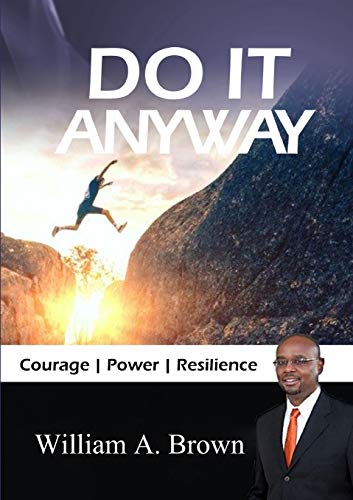Article-Detail
Good Decision Making Saves Time and Frustration For Everyone
One area leaders get into trouble is in decision making, and not necessarily because of the decisions they make, it’s usually the process. Decisions usually fall in one of three areas 1. Executive Decisions, leaders have to make a call and cannot seek input or share responsibility. Confidentiality usually drives these types of decisions, others know they can’t know the details and they will need to roll with the outcome. 2. Collaborative Decisions, these are decisions that require input from people close to the problem. Most problems are in this area and in order to come down on one side or the other leaders need information from people who understand the variables involved with the problem. 3. Community Decisions, almost anyone can make these decisions as they don’t mean much to the people involved or impacted. One example would be the color of parking passes. It may be important to some but for the most part the decision will not move the organizational needle. Problems occur when leaders cross categorize decisions and treat Collaborative Decisions like Executive decisions in an attempt to 1. Control everything or 2. Can’t discern which is which. The second source of problems in decision making is the team cross categorizing decisions which leads to requests for confidential information or bickering over issues like the color of parking passes. The last source of frustration in the decision making process is the lack of will to decide which leaves people twisting in the wind wondering what’s going on.
Decisions that relate to discipline, overall direction of the organization, or downsizing are examples of Executive Decisions that involve information that employees will not be privy to, as a consequence, employees will not be able to weigh in on them. Leaders should not make the mistake of involving others because without extensive background on all factors and potential impact, good decisions are tough to make. Typically, only the bosses have enough information to make good executive decisions. Including others to make the decision easier or to shield leaders from total responsibility is a mistake that will quickly backfire. Rumors will spread about information learned, and half-baked solutions will make the problem worse and will compromise the leader as a decision maker.
Most decisions will fall in the category of Collaborative Decisions. Some of these decisions will be more important than others to your people and will require varying amounts of discussion and reporting back. I usually include the people who seem to be the most bothered by the issue and make them a part of the decision making team. Most times there will be a number of solutions. Usually, any solution you arrive at will work or adjustments will be possible. Bosses who treat Collaborative Decisions like Executive Decisions come across like micromanagers and cause frustration within the ranks. Most of the information necessary to make good collaborative decisions is held by the people closest to the problem. This is an opportunity to allow the skills of your team to shine. Allow a team member to lead the discussion, listen to all sides of the issue, and make a decision. The follow up is important especially if you’re growing leaders from your group.
Leaders need to know the difference between Collaborative Decisions and Community Decisions. Because the issue is important to a two or three people does not make it a Collaborative Decision no matter how loud they get about it. In a Community Decision, having one or two passionate people is good because they can make the call. One or two people who see this decision as important is an opportunity to build them as leaders so task them with the work of seeking out options and allow them to pull the trigger. Do not minimalize this group, you will appear to be aloof and it will destroy trust. You will only need to make the mistake of using a collaborative model once to learn your lesson. An argument about a hanging parking pass on your rear view mirror vs. the type that sticks to your windshield is agonizing and doesn’t grow anyone. Take it from experience. I laugh at myself often over that one.
One major challenge of decision making is knowing when to involve people and how many to include in the process. Avoid the mistake of being the sole decider on all issues, if you need support figuring out which category your decisions fall in, talk to a mentor or superior. It’s better to ask and get it right than to go on your own and make mistakes. If you get help and things go wrong, you have someone to talk it through postmortem. I offer a process for decision making that I hope will help ease some of the pain for you.
1. What category does this fall into? Is it an Executive, Collaborative, or Community Decision?
2. Who or How many people seem to be excited about the outcome of this decision? Would they be good thought partners?
3. Who does the outcome impact? Are they involved?
4. Do you want the team to make the decision or should they make recommendations and you make the decision?
5. Are they clear on their role?
6. Does the team have the resources they need to make their time meaningful?
7. Thank them for their work.
I have a thought partner who is one of the pastors at his church who gave me two valuable pieces of information. The pastors at his church get together to discuss issues and decide on the approach the church will take. They make decisions, form committees, allocate money, and provide leadership for the church. In a conversation he shared with me his acronym “PMMFI”, I laughed out loud from just typing it. It stands for Please Make Me Feel Important. It’s a reminder that your people value their time and you should too. Their frustrations and their work should be as important to you as it is to them, so make them feel important. The second piece of information was to look at your options and avoid the easy one, it only seems easy and will lead to problems. Respond to issues, make good decisions, never keep people waiting unnecessarily, and you will SOAR!
William A. Brown
January 12, 2020




